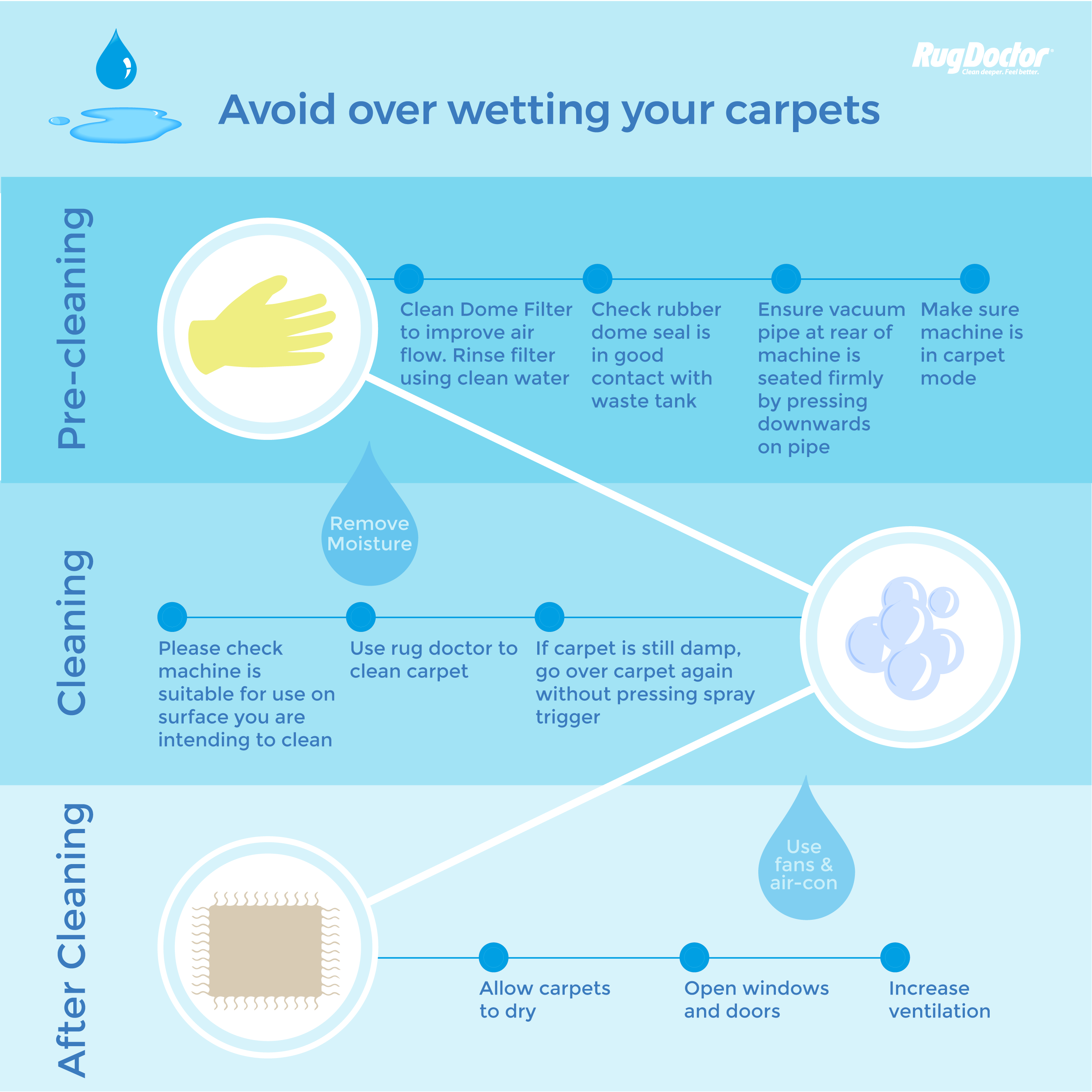Assessing The Environmental Implications Of Carpet Cleansing: Facets To Take Into Consideration

Post Developed By-Andrews Malloy
When assessing the ecological effect of carpeting cleaning, you must be mindful of the numerous factors that enter into play. From the chemicals present in cleaning up solutions to the amount of water made use of and the energy consumed, each element holds significance. Think about exactly how these aspects interplay with sustainability and the eco-friendly footprint left behind. By understanding these considerations, you can make educated choices that line up with ecologically accountable techniques.
Chemicals in Cleaning Products
When it pertains to the ecological impact of carpeting cleaning, one important element to take into consideration is the use of chemicals in cleaning products. These chemicals, typically consisting of extreme active ingredients like ammonia, chlorine, and synthetic fragrances, can have destructive effects on the setting. When these chemicals are gotten rid of throughout the cleansing procedure, they can end up in rivers, polluting water environments and harming wildlife.
In addition, the production and transport of these chemical-laden products add to air pollution and greenhouse gas discharges.
To decrease the environmental effect of rug cleaning hereof, take into consideration opting for eco-friendly cleansing items. Search for products labeled as biodegradable, safe, and made from all-natural components. These choices are safer for the setting and for your wellness.
Additionally, utilizing approaches like heavy steam cleansing or completely dry rug cleansing can lower the requirement for chemical-based products entirely. By making aware choices about the cleaning items you use, you can assist reduce the adverse effect on the atmosphere.
Water Usage
Considering water consumption is a vital aspect of examining the ecological impact of carpet cleansing. Carpeting cleaning procedures usually need significant quantities of water, specifically for methods like steam cleaning or warm water extraction. how to get pen out of carpet include splashing water onto the carpet to loosen dirt and discolorations, complied with by extraction to eliminate the water in addition to the dust. The water used in these processes can differ depending upon factors such as the dimension of the carpet location and the level of cleansing required.
Excessive water intake during rug cleansing can result in various environmental issues. Firstly, it contributes to water wastefulness, especially in areas encountering water shortage. Additionally, the wastewater created during the cleansing process may include contaminants like chemicals and dirt, potentially contaminating water resources otherwise correctly taken care of or treated.
To reduce water intake and its environmental influence, take into consideration choosing carpet cleaning techniques that are extra water-efficient, such as completely dry carpet cleansing or low-moisture methods. By choosing sustainable practices, you can reduce the water footprint of rug cleaning and reduce its ecological effects.
Energy Use
Minimizing energy usage is a vital aspect to examine when examining the ecological impact of rug cleansing. The tools made use of in carpet cleansing, such as heavy steam cleaners and vacuum cleaners, typically rely on power to run effectively. Selecting energy-efficient equipments can dramatically decrease the carbon footprint of the cleansing procedure. Try to find tools with ENERGY celebrity qualification or reduced power usage scores to guarantee you're making eco mindful options.
In addition, scheduling cleaning sessions during off-peak hours can help in reducing the overall power intake. This not only profits the setting however can also bring about set you back savings for the cleaning service provider and eventually for the consumers.
Being mindful of energy use throughout carpeting cleaning can contribute to a much more sustainable practice generally. Take into https://www.architecturaldigest.com/story/how-to-clean-white-sofa using all-natural light or energy-saving light bulbs in the cleansing location to even more decrease power intake. By making small adjustments to your cleansing regimen, you can make a big impact on decreasing the energy impact of carpeting cleansing processes.
Conclusion
To conclude, when it concerns carpeting cleansing, it is necessary to think about the environmental influence of the chemicals in cleaning products, water usage, and energy use. By choosing green products, using water-efficient methods, and choosing energy-efficient devices, you can assist decrease your carbon footprint and advertise sustainability in your cleaning practices. Make mindful choices to secure the setting while keeping your carpetings clean.

